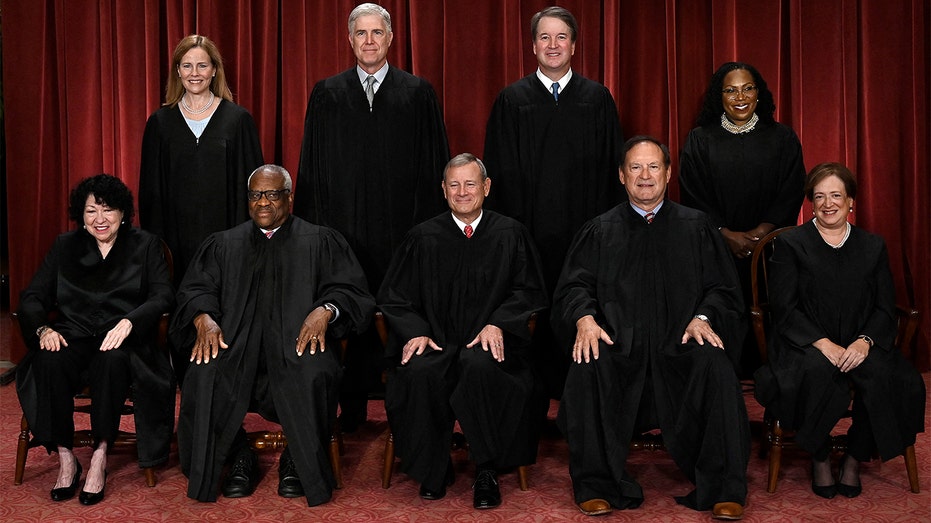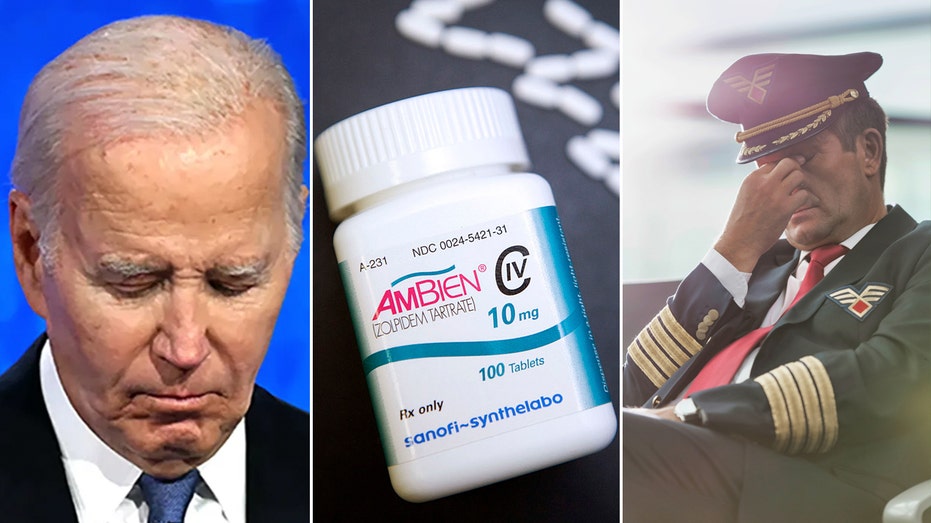Supreme Court's USAID Decision Sends Ripples Through Trump's Vision for Executive Power

Sarah Johnson
March 8, 2025
Brief
The Supreme Court's decision on Trump's USAID spending freeze sparks a pivotal constitutional battle over presidential authority, executive power, and the future balance between Congress and the presidency.
The Supreme Court’s refusal to intervene in President Donald Trump’s USAID spending freeze this week may appear to be a win for his opponents, but the celebration might be premature. While the trial court’s decision to release $2 billion in frozen funds to U.S.-based humanitarian groups remains intact for now, this marks only the beginning of a larger constitutional battle that’s destined to return to the Supreme Court.
At the heart of the case, Department of State v. Aids Vaccine Advocacy Coalition, is a trial judge’s temporary restraining order forcing the federal government to release the funds. The freeze, initiated by Trump to reassess the effectiveness and legitimacy of foreign aid grants, was put in place to ensure alignment with U.S. foreign policy and national security interests. Judge Amir Ali, recently confirmed during President Joe Biden’s lame-duck period, took the bold step of mandating payments for work allegedly already completed by the aid groups.
Initially halted by Chief Justice John Roberts, the restraining order was later allowed to stand in a narrow 5-4 decision. Interestingly, Roberts and Justice Amy Coney Barrett sided with liberal Justices Elena Kagan, Sonia Sotomayor, and Ketanji Brown Jackson, though no opinion was issued by the majority—typical for procedural rulings like this.
In a fiery dissent, Justice Samuel Alito, joined by Clarence Thomas, Neil Gorsuch, and Brett Kavanaugh, lambasted the trial judge’s authority to compel the executive branch to disburse taxpayer dollars. Alito didn’t mince words, describing the situation as an abuse of power: "Does a single district-court judge who likely lacks jurisdiction have the unchecked power to compel the Government of the United States to pay out (and probably lose forever) 2 billion taxpayer dollars? The answer to that question should be an emphatic ‘No.’"
Alito’s dissent underscores a critical point: the constitutional authority of the president to manage federal funds, especially in cases tied to foreign policy and national security. Trump’s legal team is leaning heavily on historical precedents, from Thomas Jefferson refusing to construct gunboats on the Mississippi to more modern examples of presidents exercising discretion over funds to maintain national interests.
Central to this case is the broader debate over the limits of executive power, particularly regarding Congress’s ability to mandate spending that may conflict with constitutional principles. The 1974 Budget and Impoundment Control Act, which constrained presidential authority to limit appropriations, is being revisited in light of Trump’s efforts to restore executive control. While the Supreme Court case Train v. New York is often cited as upholding the Act, it actually avoided addressing the broader constitutional questions surrounding impoundment.
This legal battle also intersects with Trump’s larger push to redefine the executive branch. From reducing the federal workforce to asserting control over so-called "independent agencies" like the SEC and FCC, Trump’s administration aims to consolidate authority under the president. This strategy draws on the "unitary executive" theory, rooted in Alexander Hamilton’s vision of a presidency marked by "decision, activity, secrecy, and dispatch."
Critics have turned to the judiciary to counter Trump’s moves, but the Constitution arguably places the responsibility on Congress to check executive overreach. Congress has tools like cutting funding, rejecting appointees, and impeachment to counteract presidential actions, yet Trump’s alignment with a Republican-controlled legislature has limited these avenues for Democrats.
Ultimately, the resolution of this case could shape not just Trump’s legacy but the very nature of presidential power in the U.S. The Supreme Court will likely have the final word, and its decision could redefine the balance of power between the executive and legislative branches for generations to come.
Topics
Editor's Comments
This case isn’t just about $2 billion in aid; it’s a showdown over how much power a president really has—or should have. The trial judge’s bold move feels like a judicial overreach, but at the same time, Trump’s sweeping assertions of executive control raise eyebrows too. It’s like a constitutional tug-of-war, and we’re all just spectators on the sidelines.
Like this article? Share it with your friends!
If you find this article interesting, feel free to share it with your friends!
Thank you for your support! Sharing is the greatest encouragement for us.



